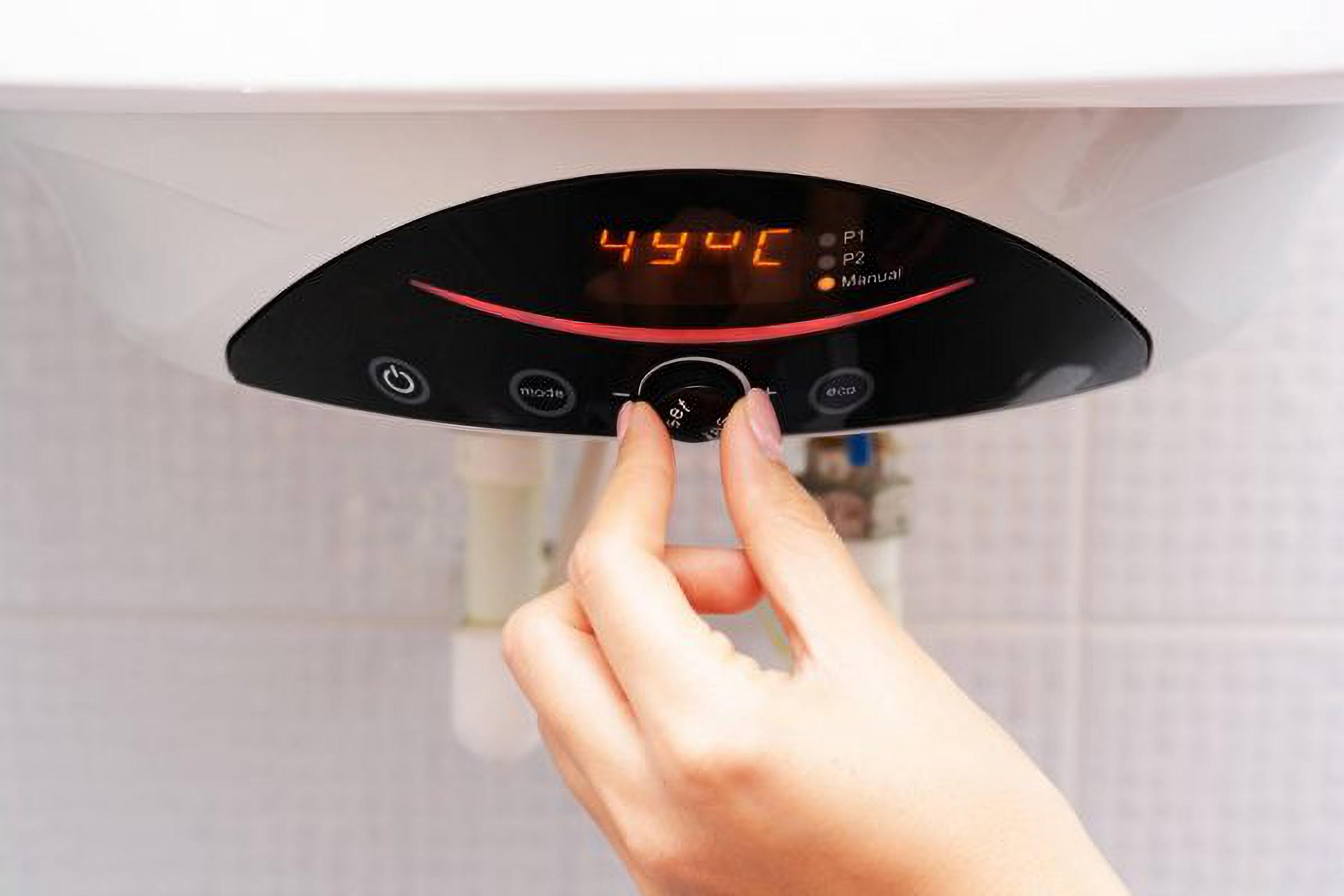
Heating your home to maintain a comfortable indoor temperature is unavoidable for several months a year in northwest Arkansas. Fortunately there are ways to keep energy consumption and heating bills at a minimum, such as programming your heat pump thermostat.
Heating With a Heat Pump
Heat pumps regulate the temperature in your home gradually and with electricity, instead of with natural gas or propane, and without the quick temperature swings of a forced-air furnace. When heating temperatures are adjusted by two degrees or less, the heat pump works gradually to reach and maintain that new setting – instead of all at once.
When temperatures are adjusted to a higher setting, of three degrees or more, most heat pump systems kick on their emergency heating system, usually an electric resistance heating element, similar to a large toaster. This auxiliary heat helps the heat pump reach the desired temperature in a short time frame.
Unfortunately, the electric backup heating is far less energy efficient than your heat pump, resulting in higher energy bills with frequent use. You can address this problem by programming your heat pump thermostat.
What Should You Set Your Thermostat to in the Summer?
In the summer or warmer months, the Department of Energy & EPA recommended to set your thermostat to at least 75 degrees Fahrenheit or higher for best efficiency and to save money.
What Should You Set Your Thermostat to in the Winter?
In the winter or cooler months, the Department of Energy & EPA recommended to set your thermostat to at least 68 degrees Fahrenheit or lower for best efficiency and to save money.

Many heating systems these days use programmable thermostats that are little more than alarm clocks, adjusting temperatures based on programmed time slots. These devices generally aren’t heat pump specific and can, like manual adjustments, cause the backup heating element to kick in until the programmed temperature is reached.
Make sure you have the right tools for the job. Heat pump thermostats almost always have the words “heat pump” right in the name of the device, and are designed to gradually raise to the programmed temperature one degree at a time. That means, for example, a heat pump thermostat with an overnight setting of 65 degrees and a daytime setting of 70 degrees calculates what time the system needs to start working to gradually reach 70 degrees by the designated time.
Additionally, not every heat pump thermostat is compatible with every heat pump system. Before you buy and/or install a programmable thermostat, make sure it will work with your heat pump.
- Locate your thermostat control panel. The thermostat is generally located in a central location in the house. This is the spot where the system measures the temperature of the surrounding air and determines whether or not to turn on the heat or begin cooling. The panel is sometimes round with a dial to select the temperature, or it may be a rectangular box with a digital readout and various buttons. You will be able to see the current temperature in the house as well as the desired temperature setting.
- Press the up or down buttons or otherwise turn the dial up or down, depending on the model. This will adjust the desired home temperature. If your home is too cold, adjust the temperature setting up a few degrees. If it’s too hot, dial it down a few degrees. For best efficiency and to save money, set your thermostat at 68 degrees while you are home in the cool weather months of the year. During hot months it is best to set your thermostat to a temperature as warm as you can tolerate without discomfort.
- If you are heating with the heat pump furnace, turn the switches on the thermostat panel to the “heat” setting. This will ensure the heating mechanism is engaged. Some systems have “off” or “cool” settings, and neither of these will allow your heat pump to operate as a heater. “Cool” settings are used to lower the temperature in the home.
- Check back in an hour after setting a new temperature to make sure the heat pump is doing its job. Within an hour the system will have had ample time to warm or cool your home to the temperature you’ve selected. If the actual temperature is not at or near the desired temperature then you may have a problem with the system. Call a service technician to check on your heat pump if it appears not to be heating properly.
If your heat pump thermostat is not working properly, or you notice issues with your heat pump, then it may be time to call in the experts. Our HVAC technicians at Paschal Air, Plumbing, & Electric service every brand and model of heat pumps, and serve the NWA area including Bella Vista, Bentonville, , Fayetteville, as well as SW Missouri, Joplin, Carthage, and the Fort Smith River Valley.
We love helping you with your HVAC, Plumbing & Electrical problems, big and small. For more tips and tricks for your home, follow us.
Or
Submit an Email




